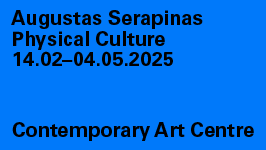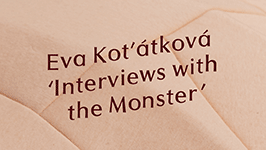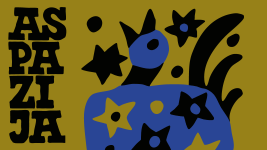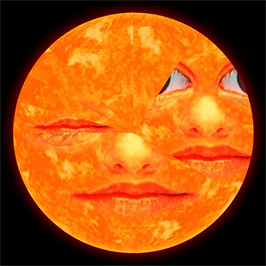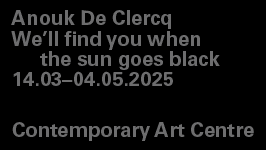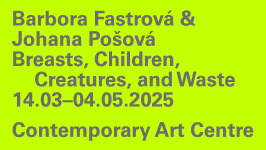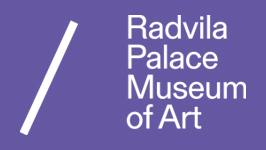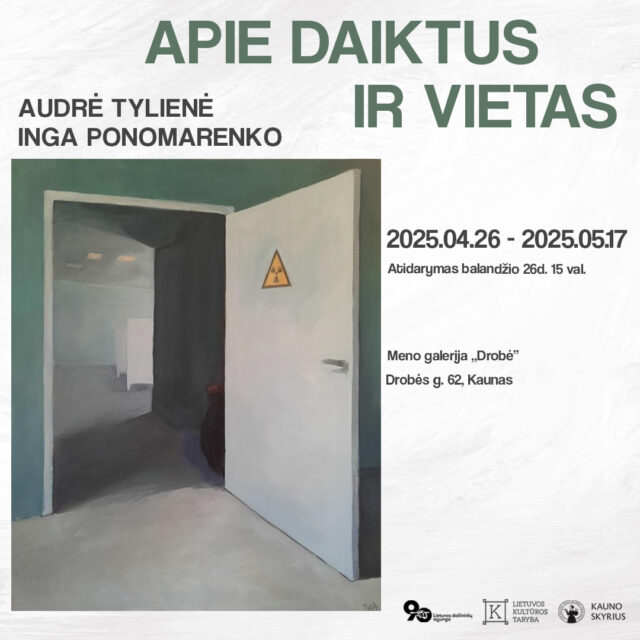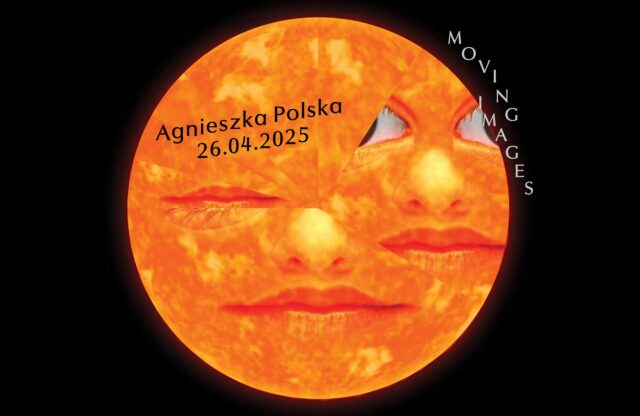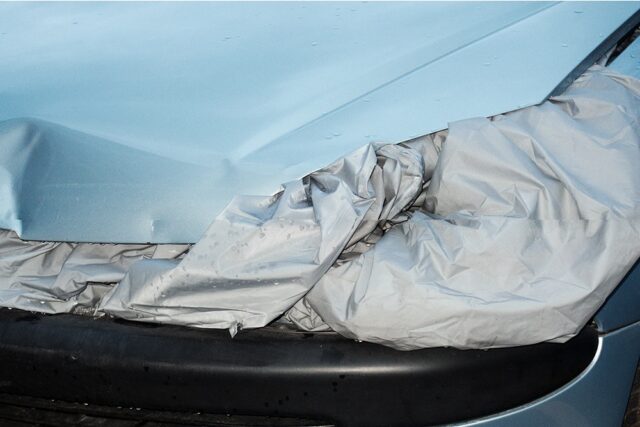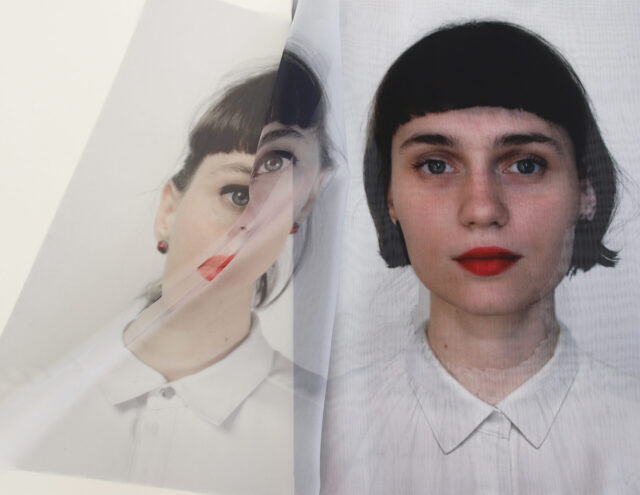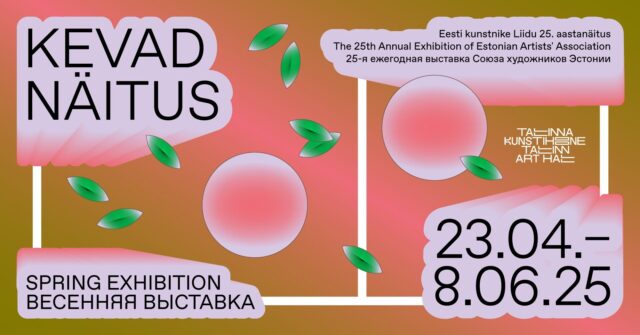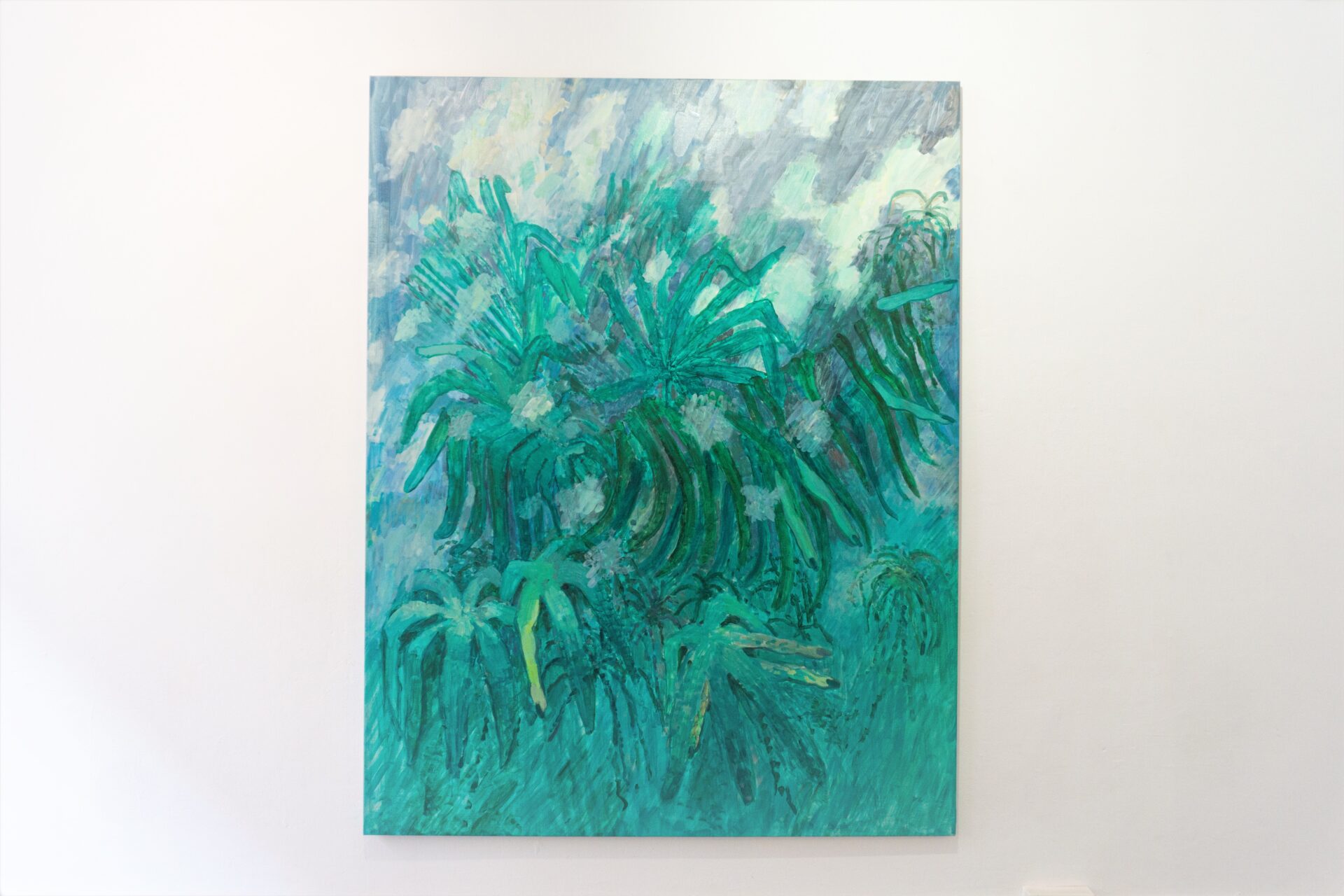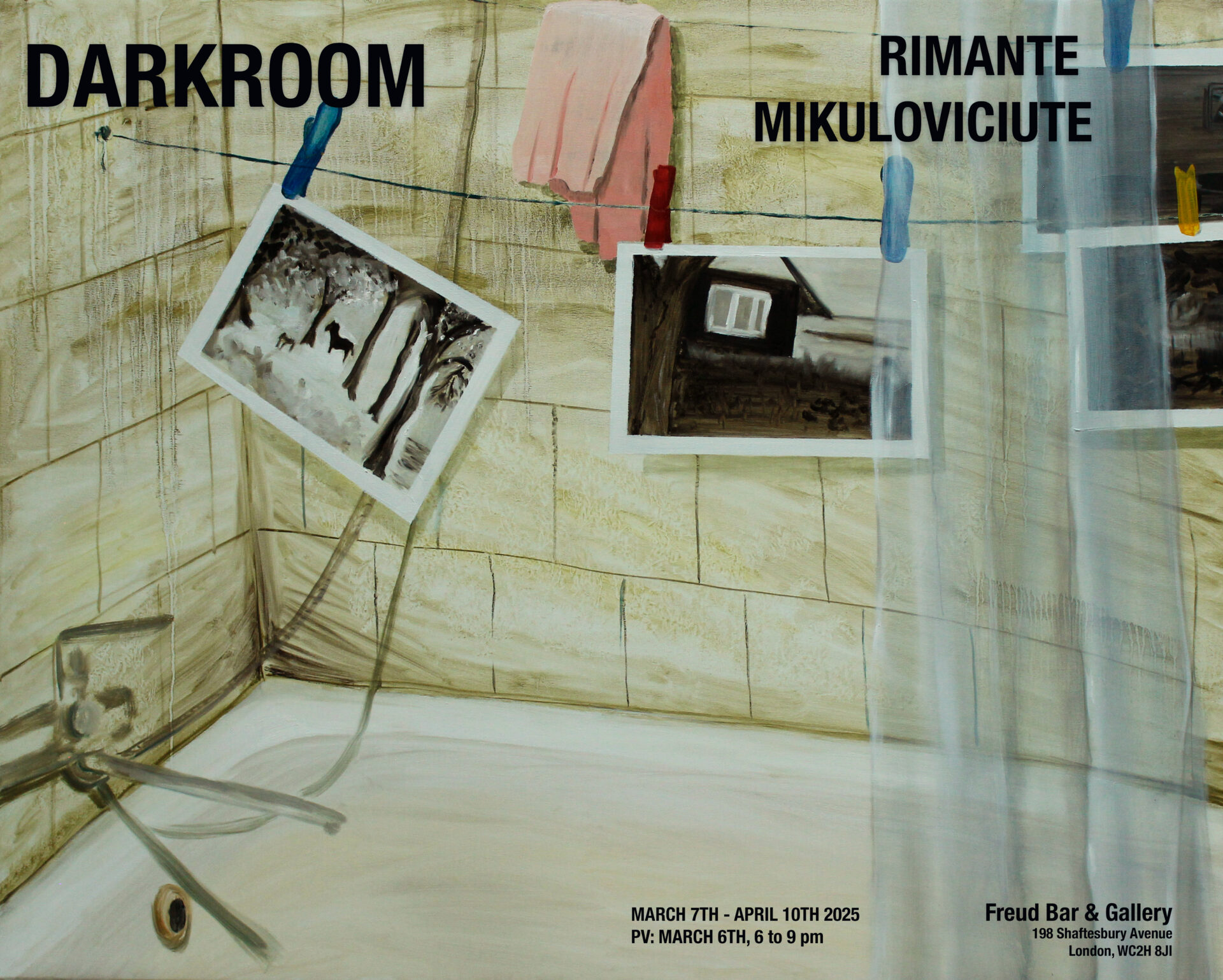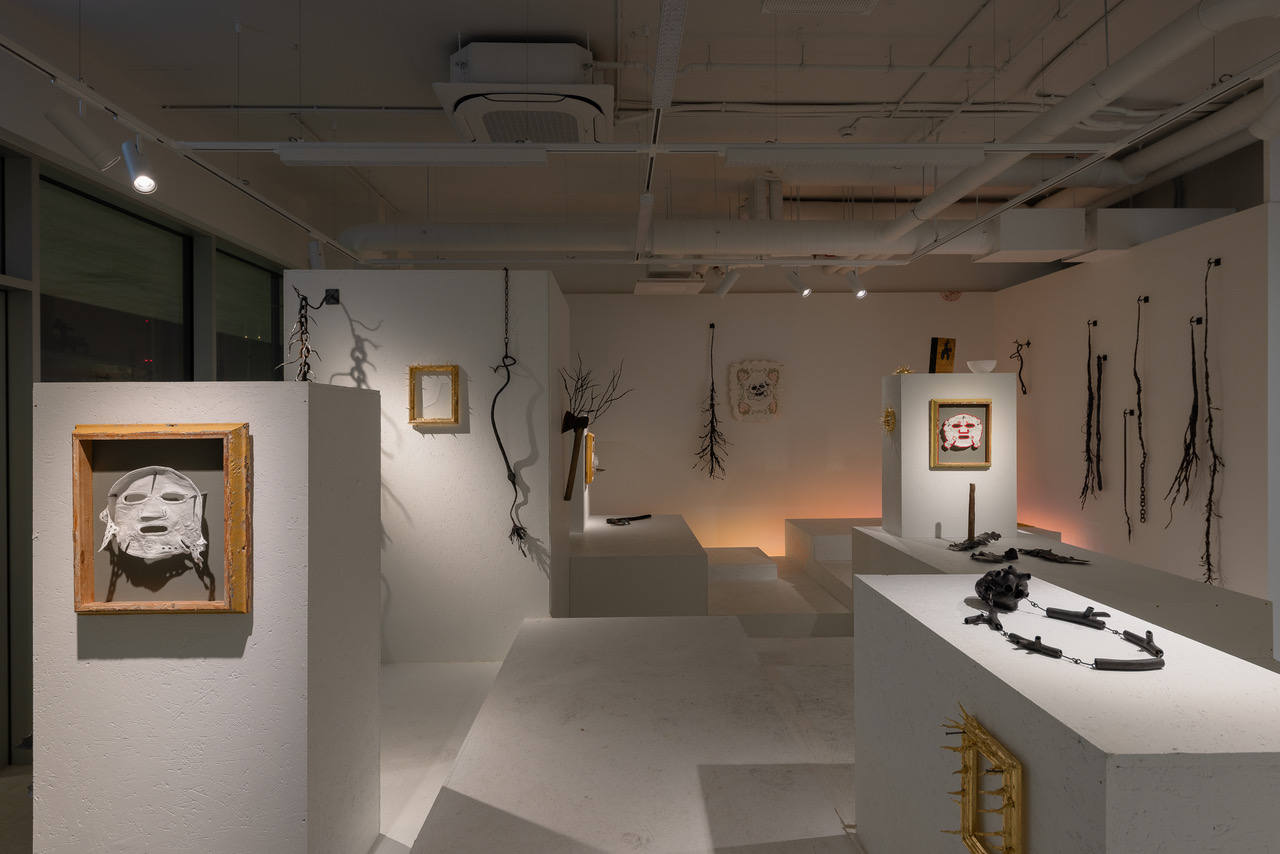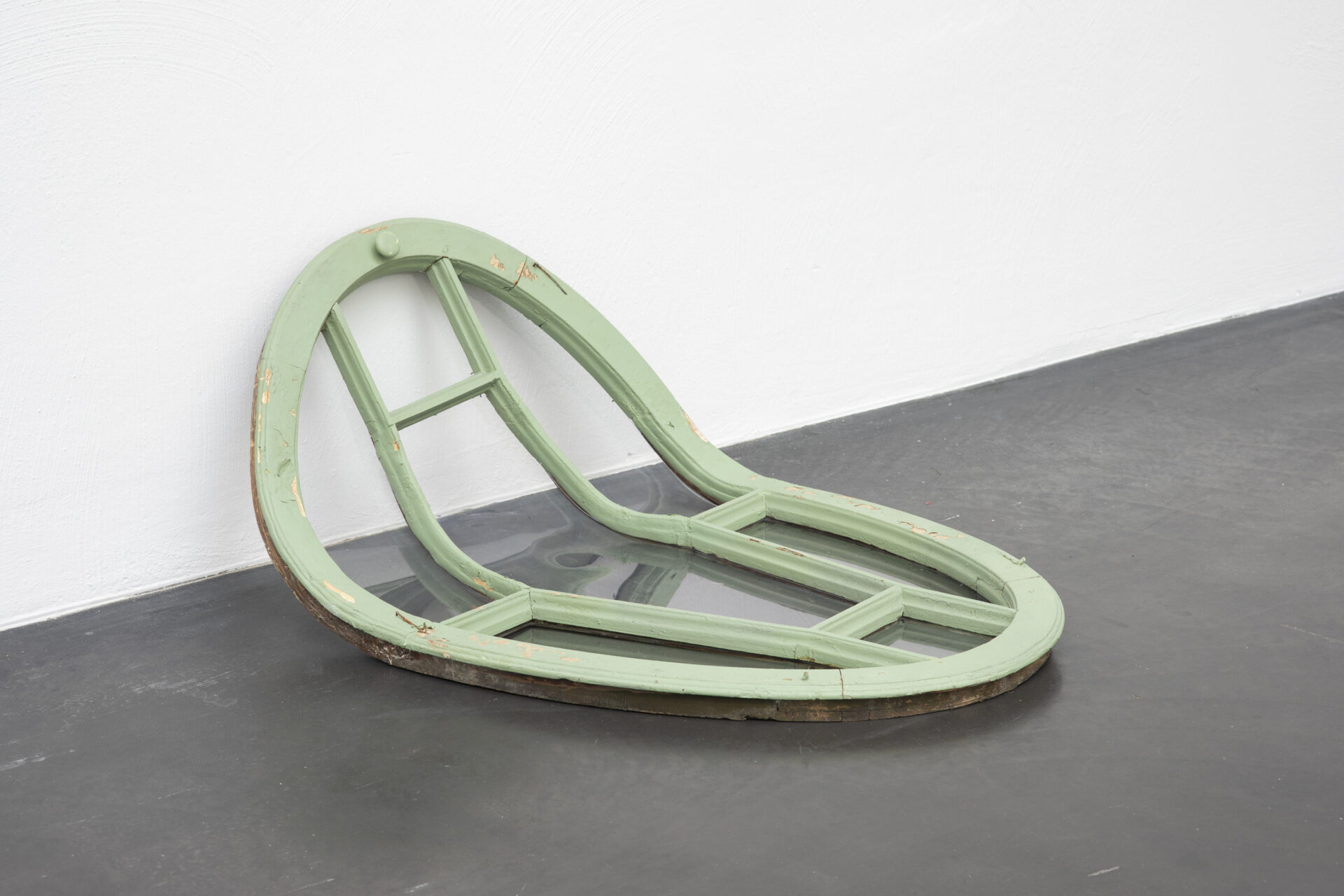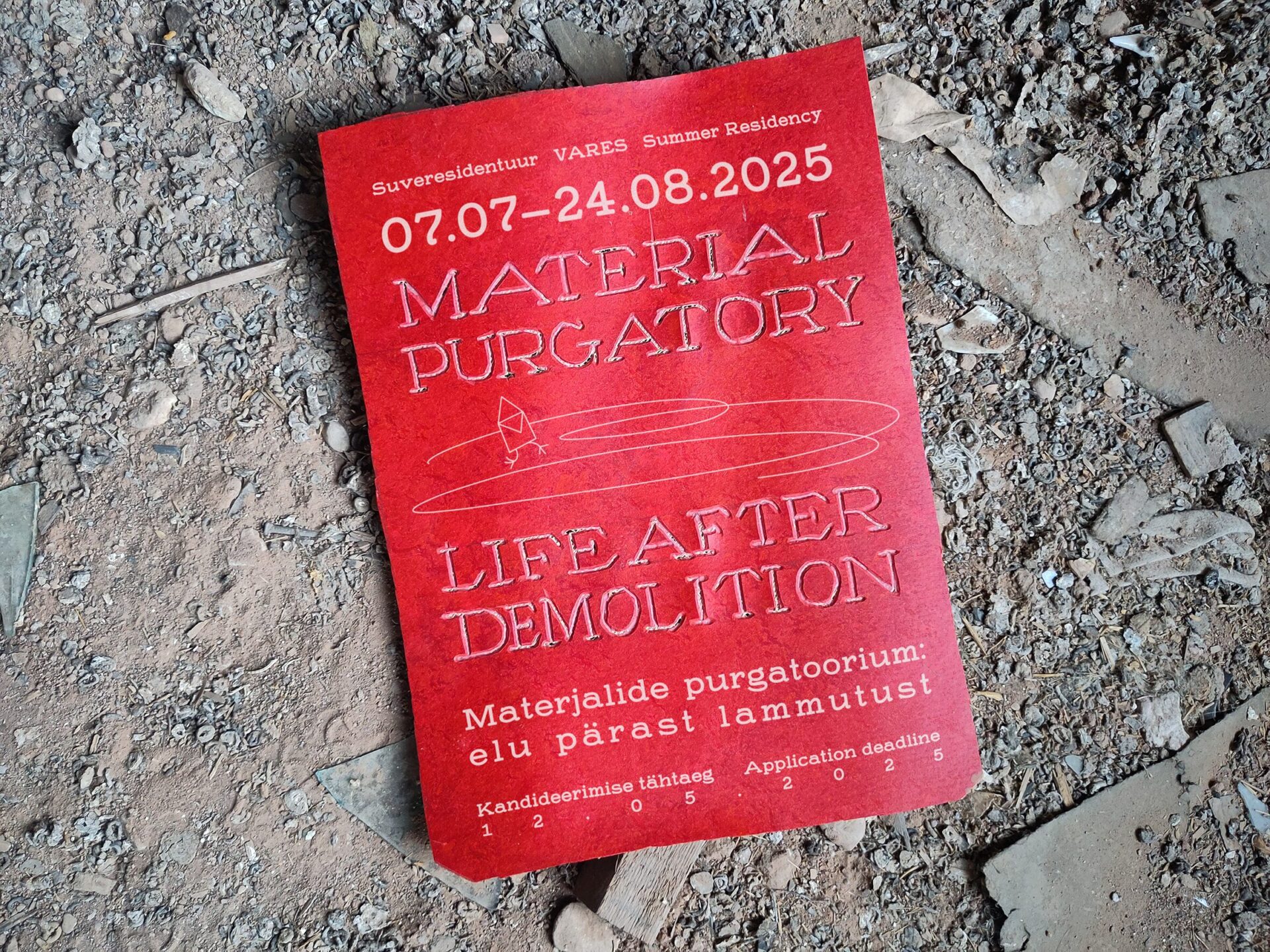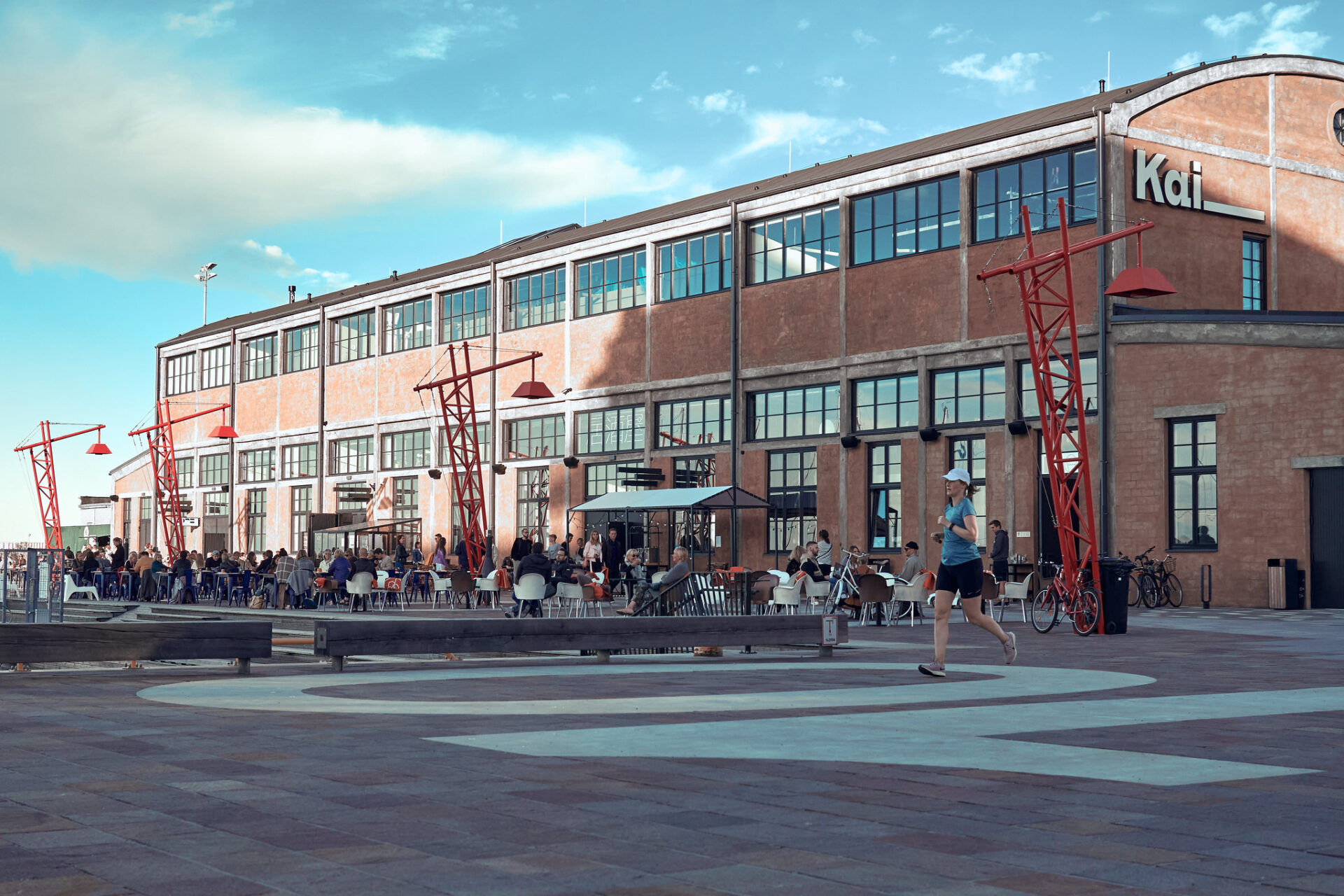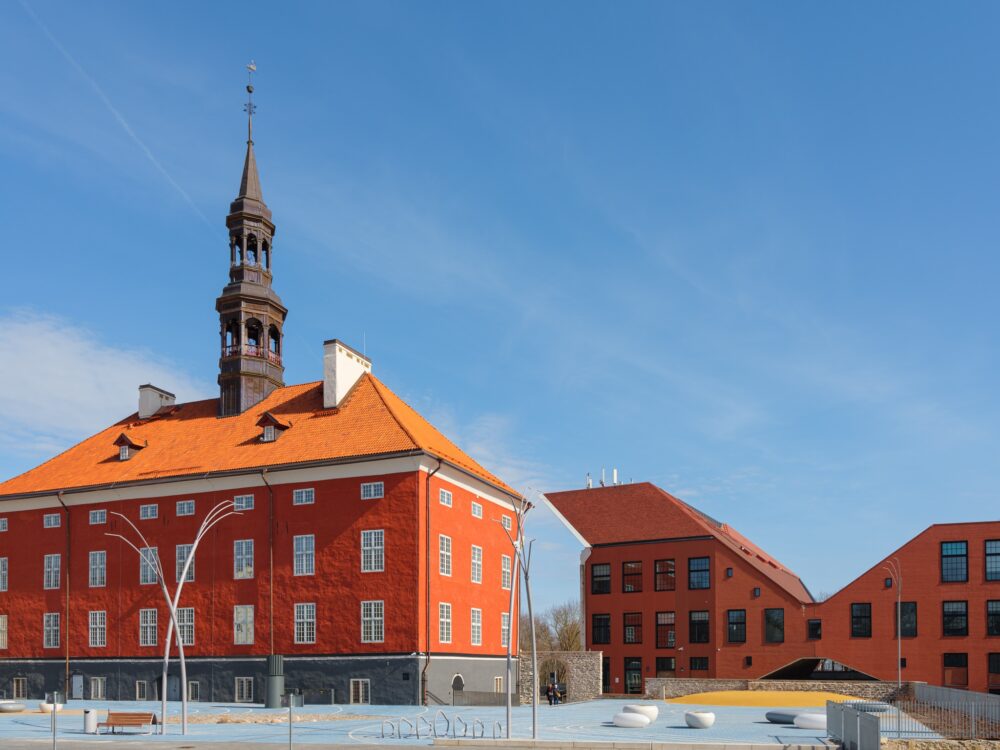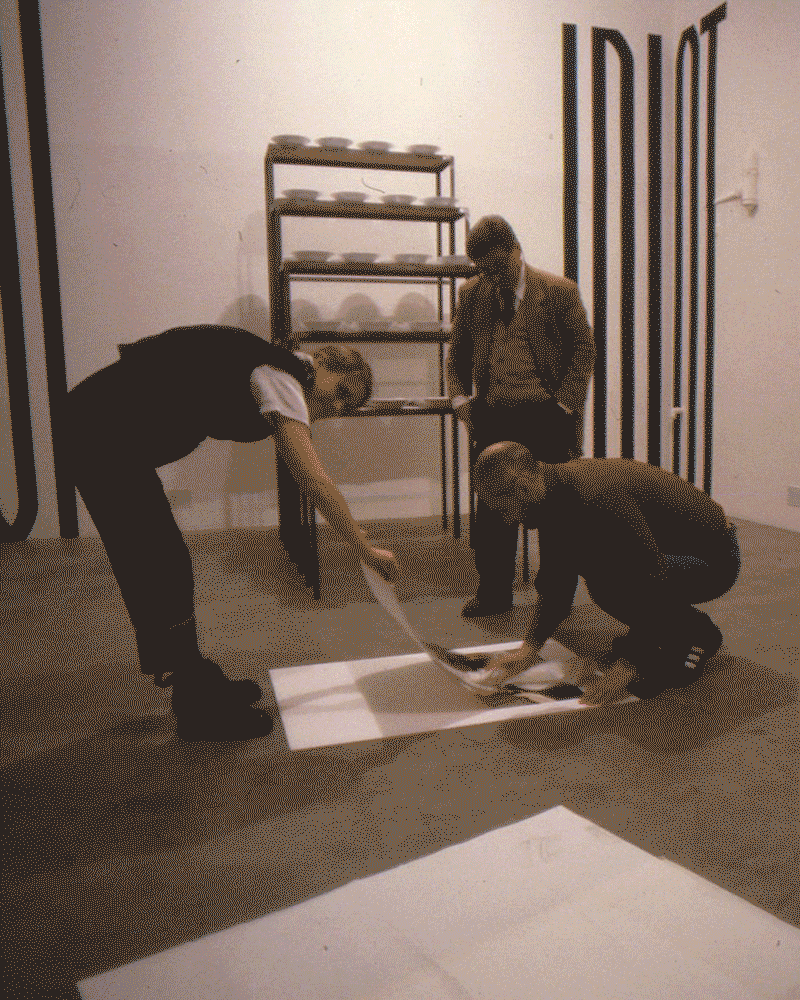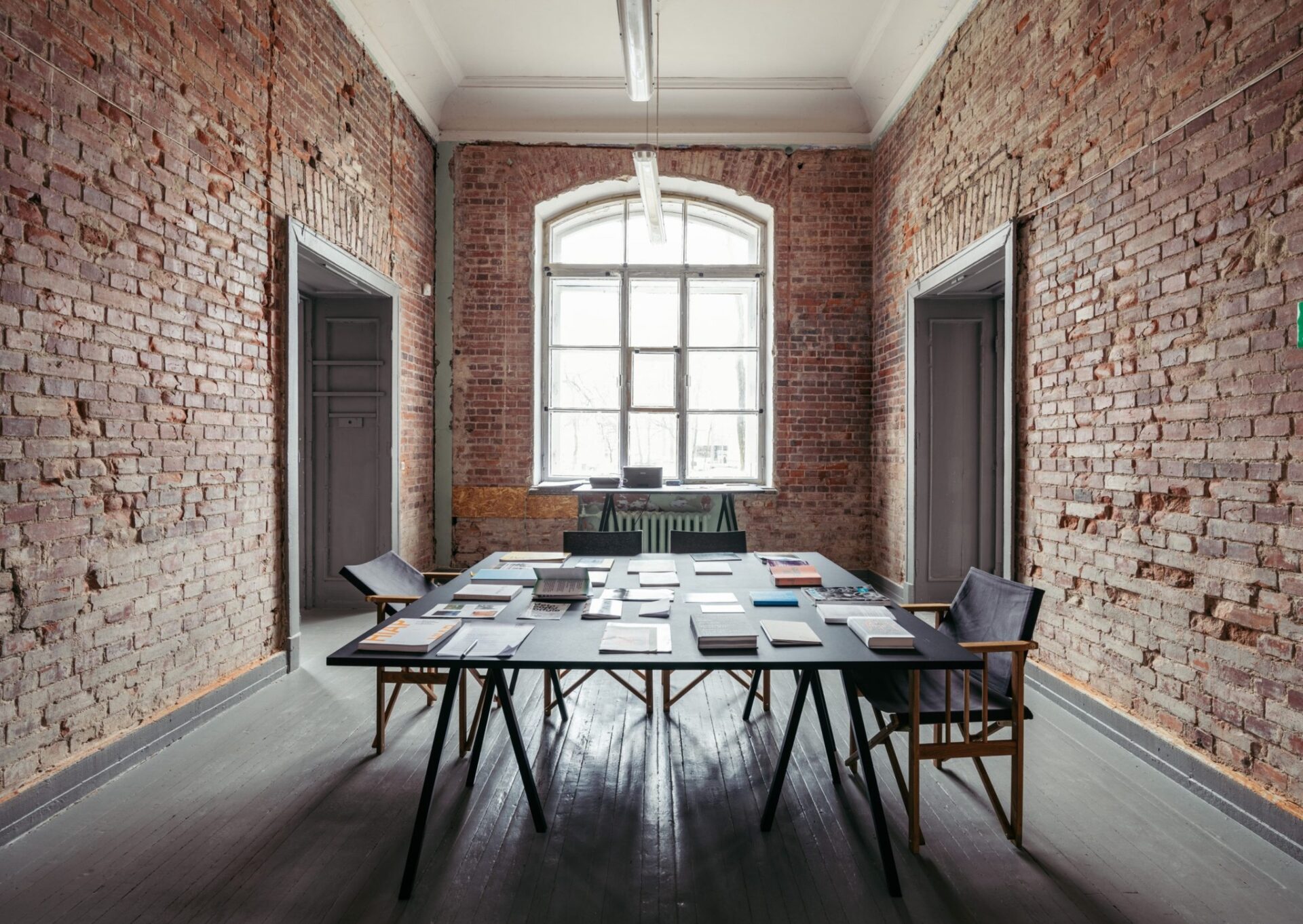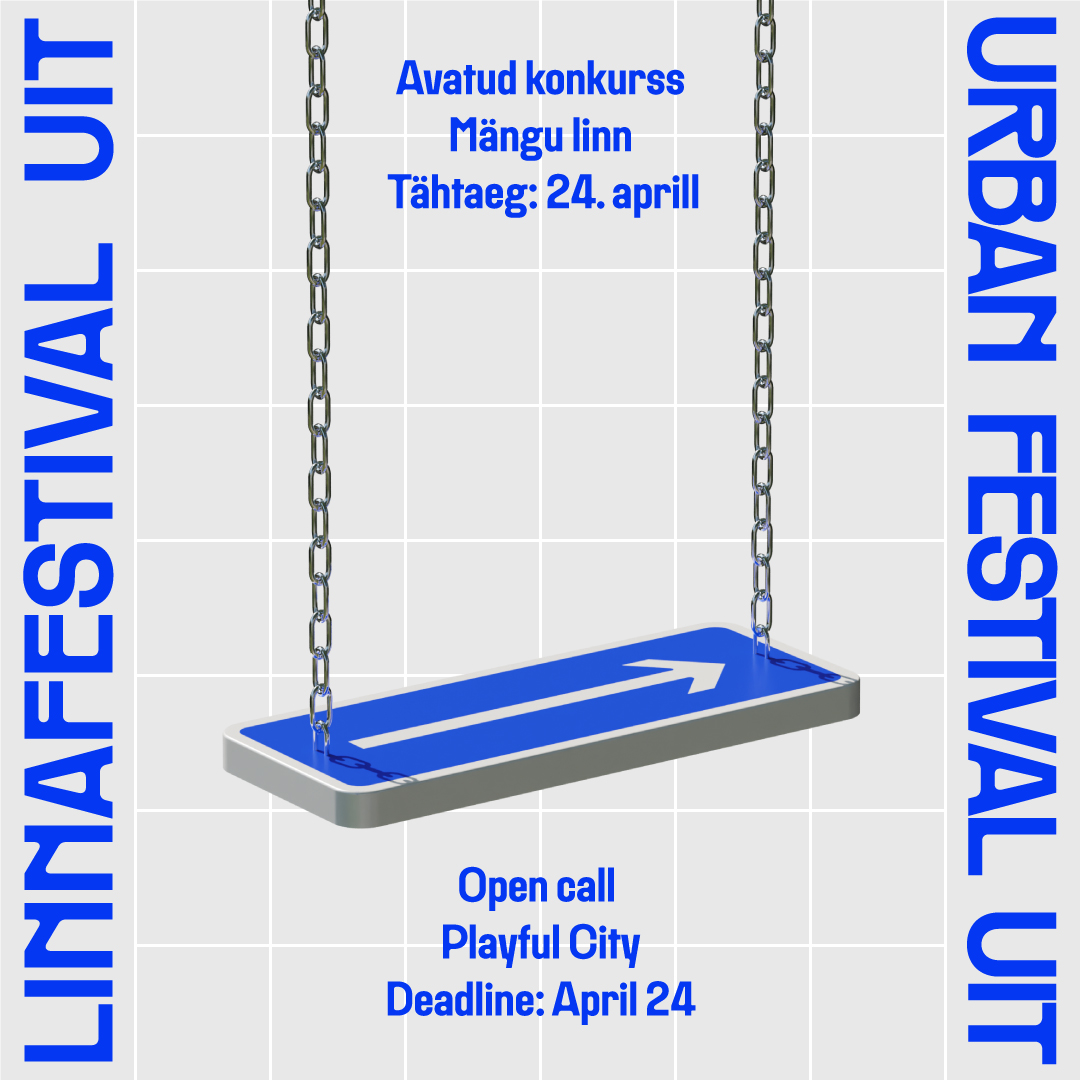On “Is This the Museum We Wanted?” exhibition held in Tartu Art Museum (23.1-9.3.2014), curated by Rael Artel, co-curated by Marika Agu, Mare Joonsalu and Hanna-Liis Kont
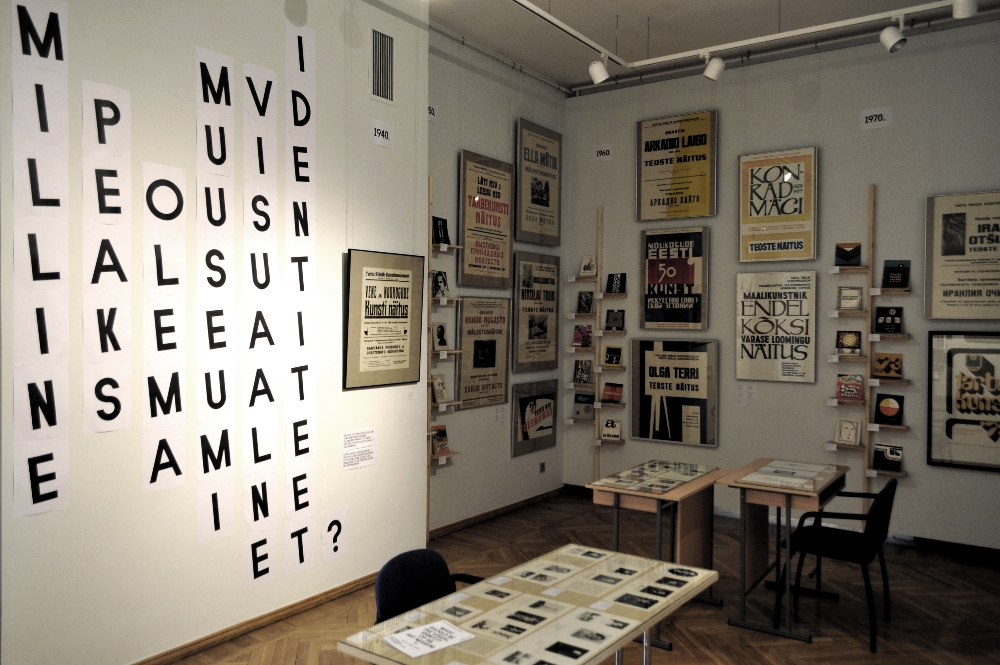
“Is This the Museum We Wanted?” has gained sharp focus from the Estonian media. Most viewpoints published have been impassionedly general, answering rather the question “is this the Estonian art we wanted?”. In the specialized discussion in social media, even the term “trench warfare between positions” has been used. The exhibition itself, not to mention the works, has been left in the background.
Semiotician Piret Karro has commented in the Estonian daily Postimees that “There is professional feel in the exhibition, given off by both brilliantly solved works as well as the tangible courage of the curator.”((Piret Karro, Artel aktsioonis: julge näitus, mis küsib elulisi küsimusi. – Postimees 7. II 2014.)) Courage, of course, is elementary when dealing with Rael Artel, but I do not agree with the “professional” feel. The exhibition is rickety from both form (exhibition technique) and content (curatorial work). This is not surprising as the curator has admitted in the foreword of the catalogue that when starting work as the museum director, she naively dreamed of losing herself in collections, generating ideas for exhibitions, starting cooperation projects in every direction, but “the proportion between dreams and reality turned out to be 99% of A4-size papers and 1% of art”.((Kas me sellist muuseumi tahtsimegi. Tartu Kunstimuuseum, 2014, lk 3.)) Catastrophical realization; no person in their right mind would like to head an art museum like that.
Artel as director, artists as marionettes
The main weakness of the exhibition is that Artel did not regard it like a curator but like a director: the artists-actors have words put in their mouths by script. As a curator, Artel has been characterized by a special ability to give each work an individual role: so to say, a role of cultural explosion. Not this time, though. For example, Flo Kasearu, who usually does everything so lusciously, has dryly repeated the fears she has already expressed in her house museum (the frames made of fund’s leftovers have a dilettantish, if not cute effect); another nominee for the Köler Prize, Jaanus Samma, has once again presented a Baroque mise-en-scène; Kristi Kongi has copied her painting installation done for the old lemonade factory in Haapsalu; street artists from Tartu have made graffiti about Estonian writer Tammsaare and poet Koidula that is even a bit too familiar to people from Tartu. It is said that blues guitarists play three chords for a thousand people; jazz guitarists have it vice versa. The same effect is felt while looking at the graffiti repetitions in the museum: it is like clever monochromic stencils from the city space made for thousands to watch have been replaced with cacophonic sea of colours and figuratively three pairs of eyes. The exhibition built on repetitions has been summarized by Jevgeni Zolotko’s room installation where, like usual, the artist has gloomily but intellectually messed with the viewer’s mind. In this “curatorial script”, only the Estonian artist Jaan Toomik has an exciting effect with his video “Road to São Paulo”.
What does this mean, then? Has Artel, victim to the museum’s harassing semiosis (museosis?), chosen the works by the artists’ potential to belong in a museum collection? Exhibits themselves are full of meaning; many of them are even excellent, but as ad hoc art they lose colour, forming a fumbled whole.
However it is nice that artists with international background who are unknown to local viewers have an enriching effect on the exhibition. Videos dealing with decision making by Johanna Billing and Cyprien Gaillard seem to be an exhibition by themselves in the last room of “Is This the Museum We Wanted?” They are contextualised in a very rael-like way, and they make the best part of the exhibition.
Enjoyable room of the development of visual identity
At the same time, the room which focuses on the development of museum’s visual identity (curated by Hanna-Liisa Kont) is highly enjoyable; among the posters and publications of the exhibitions from the last half a century, the services to graphic design from the grand old man of Estonian art Kaljo Põllu have been stylishly highlighted. It is a hundred percent success that gives a tighter meaning to the whole exhibition.
On the other hand, the room called “Which Are the Works We Cannot Live Without?”, curated by Mare Joonsalu, is terribly clumsy. Museum Director Artel has left the Head of Collection Management, the Keeper of Paintings Collection Joonsalu in a very unlucky position room-wise. The most important paintings from the museum’s collection which are stacked upon each other have the effect of being just superfluous due to the difficultly decipherable guide. It is apt to draw parallels to the so-called room of sculptures in KUMU (installation “Kajakas (Seagull)” by Villu Jaanisoo), where nonlinear exhibit shows self-irony over the traditional presentation techniques. Artel could have prevented the mishap by either not including Estonian modernism at all, by curating the piece in accordance with the whole exhibition herself (doubtlessly a positive result), or by demanding her colleague to curate the paintings more carefully. The artists from the Tartu Pallas Art School, their descendants, and the whole Spirit of Tartu should have a chance of changing their roles instead of becoming wallpaper. Hopefully, the upcoming exhibition “Kunstnikud kogudes (Artists in Collections)” will give them that.
This exhibition is one of the weakest of Artel’s curated exhibitions in the last couple of years, though regardless of that it is one of our most actual exhibitions besides her own “HUH? PFUI! YUCK! AHA! WOW!”. Artel’s ability to mobilize the public and the intensity of her exhibitions are phenomenal. Bearing this in mind, her colleagues in the museum have no other choice but to swallow this bitter pill of her allegedly controversial leading style for the greater good.
The scandal surrounding the exhibition and the mock execution of Artel are straight out of the cultural history book: alleged traitors, nonconformists, (counter)revolutionaries are obliterated based on rumors, not facts. As we are talking about a country, where the President gives three fourths out of a hundred cultural prizes to men, valid accusations are even shady affairs with muses (men’s world, right) and witchcraft. Without irony. Regarding the writers of the open letter against Artel((A week before the opening of “Is This the Museum We Wanted?” 23 Estonian artists and other creatives (half of whom were greybeards with legendary status) sent an open letter to the Estonian Prme Minister, Minister of Culture and the Municipality of Tartu that they are unhappy with Artel’s work and demanded a new director for the Tartu Art Museum.)) – I recon that they are particularly dangerous as their illusions have been taken away.
The text was originally published in the Estonian cultural weekly Sirp.
Download the exhibition catalogue.
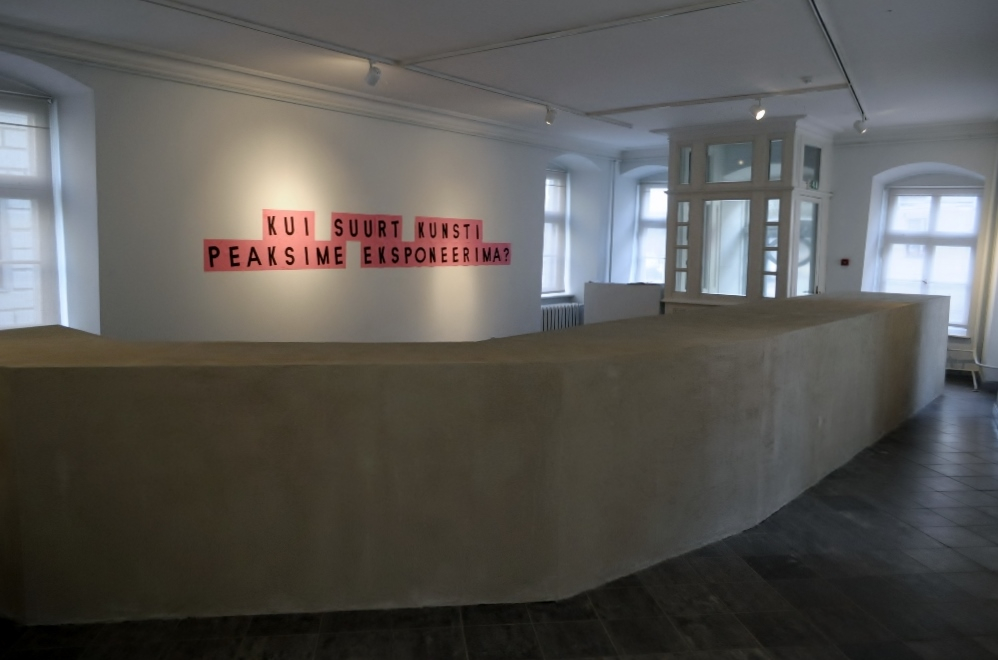
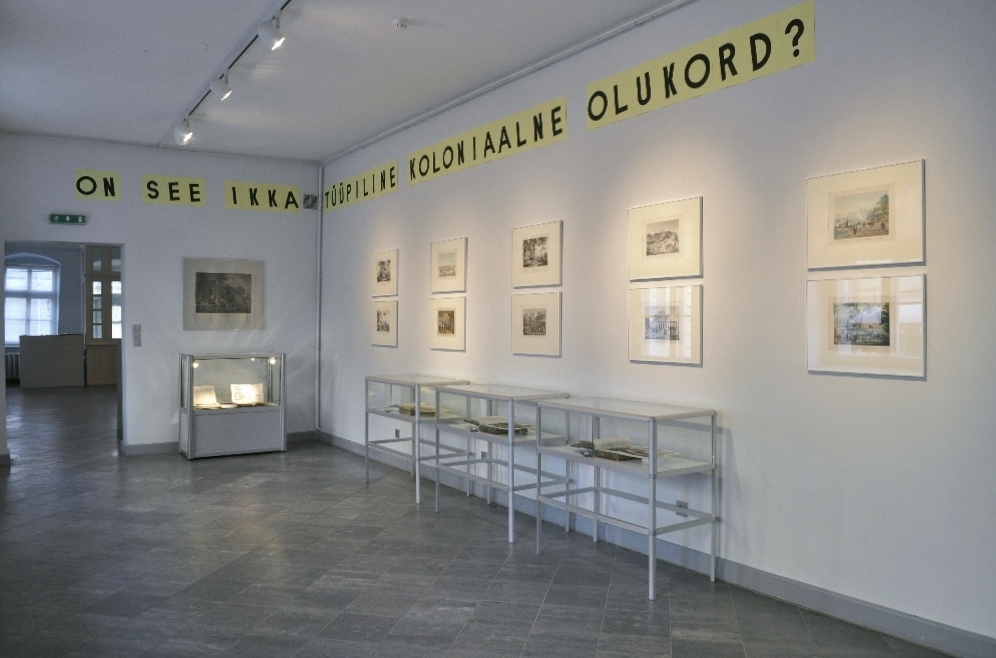
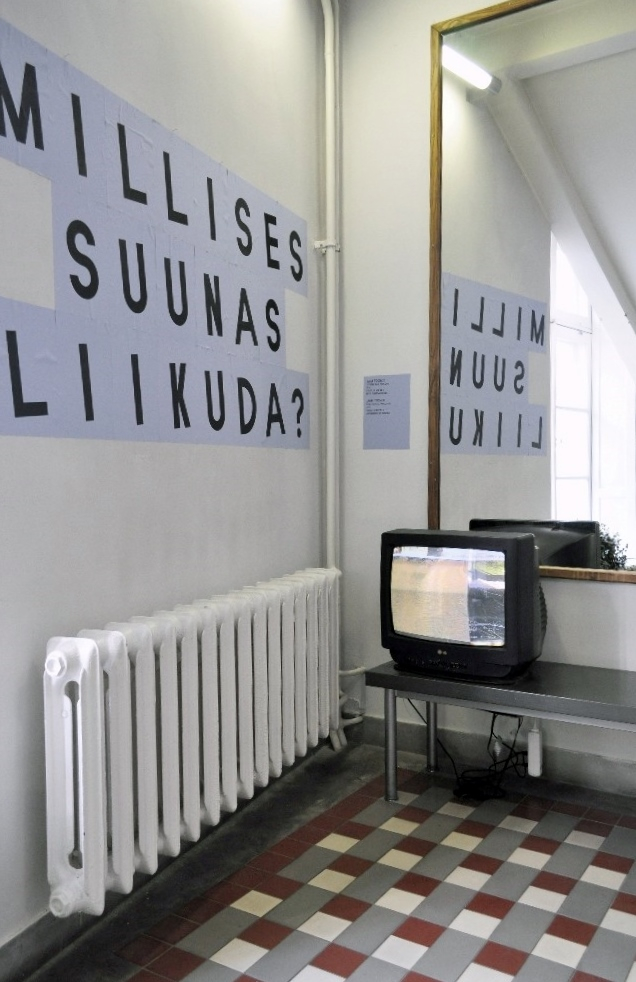
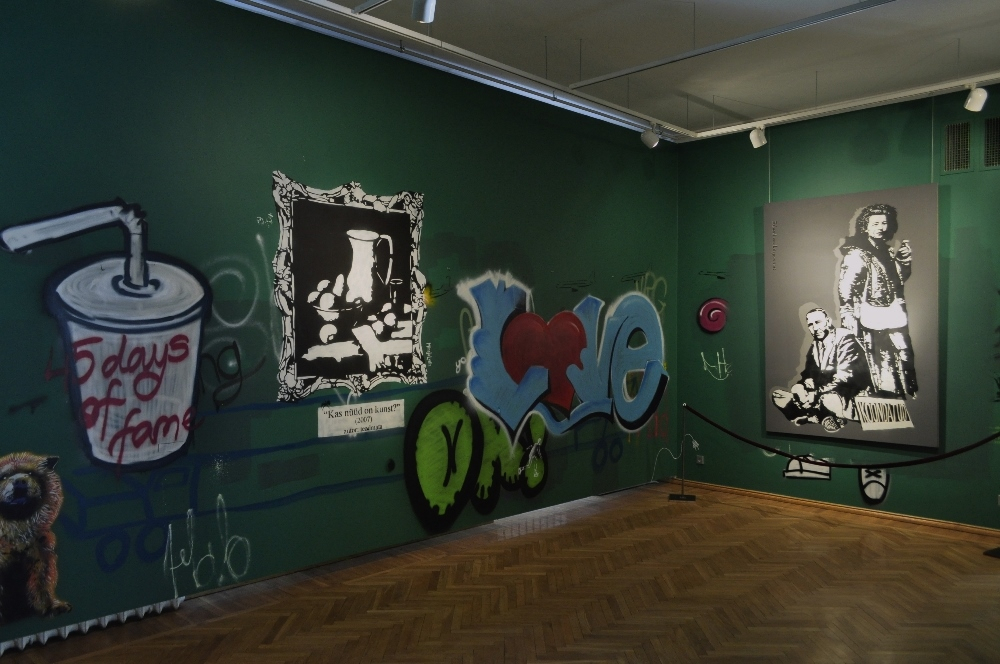
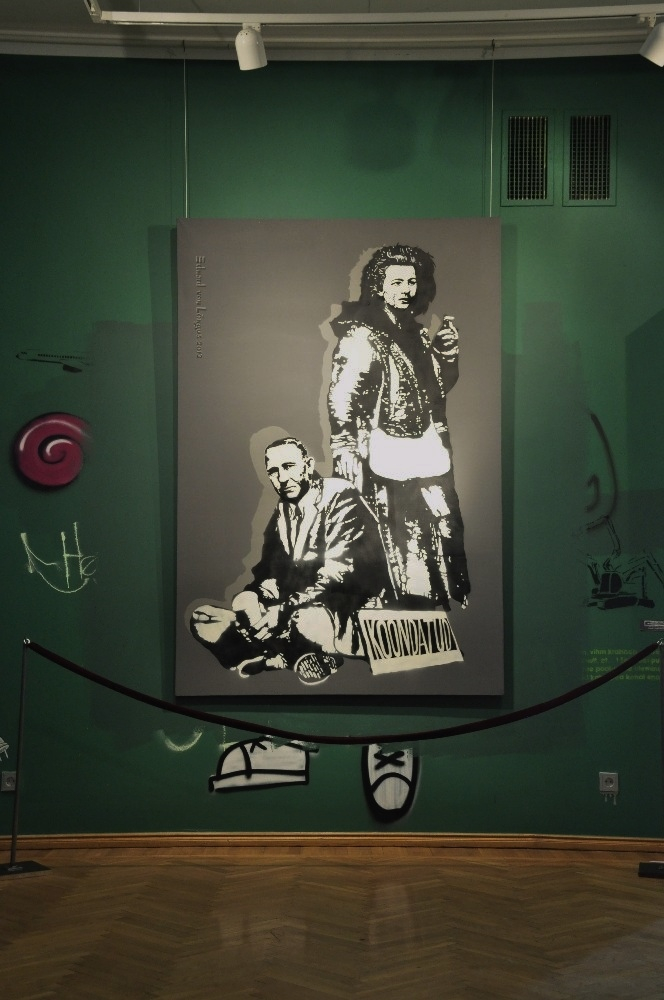
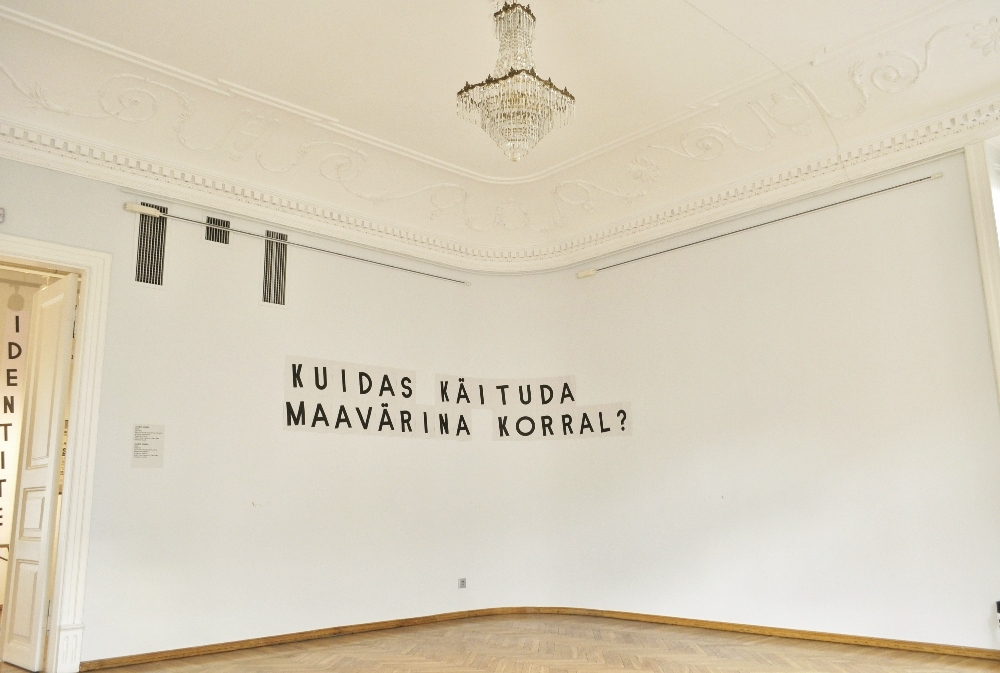
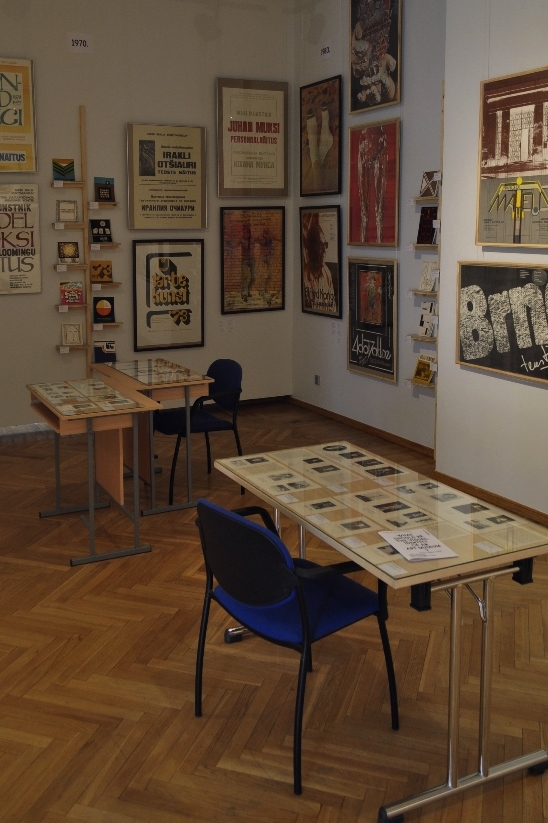

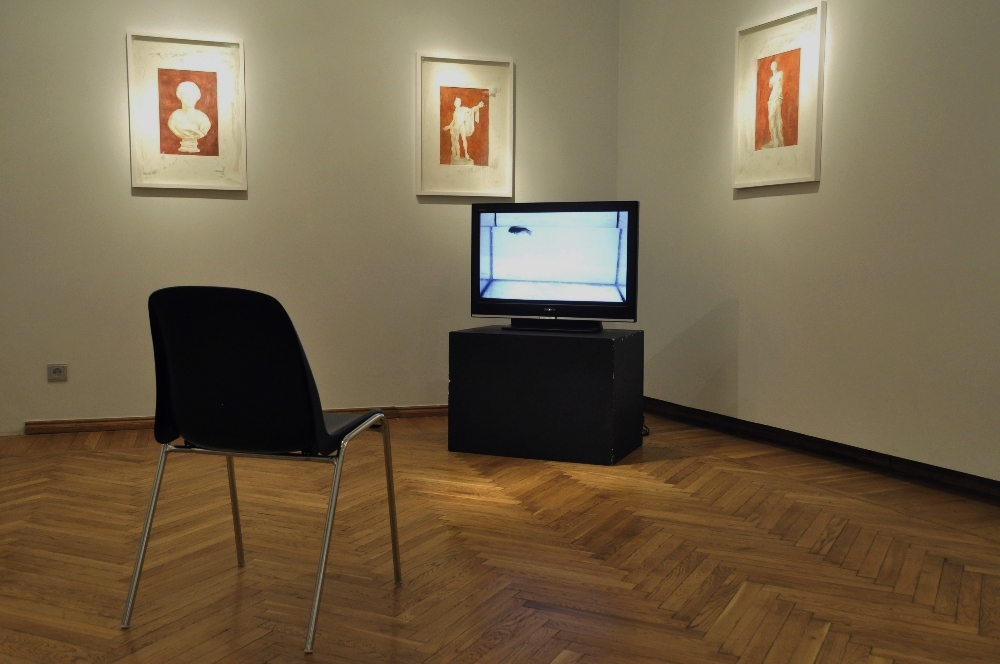
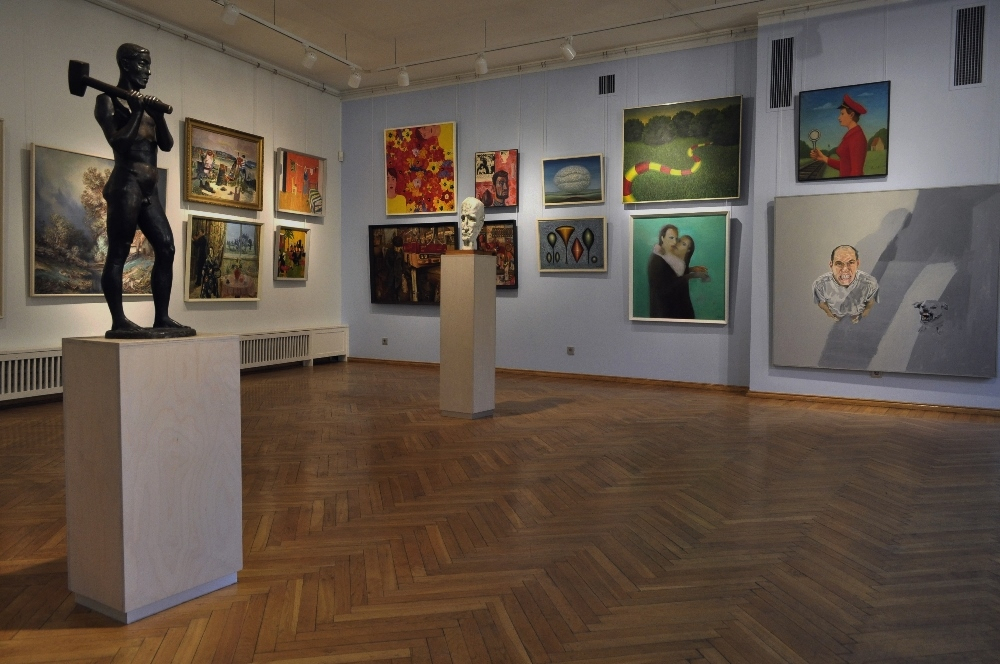
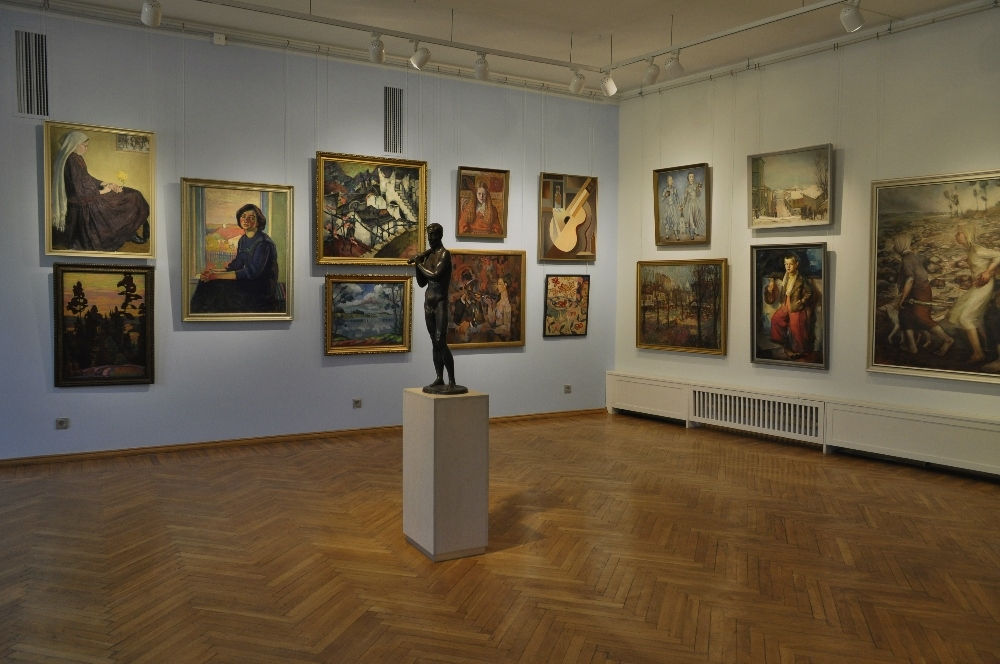
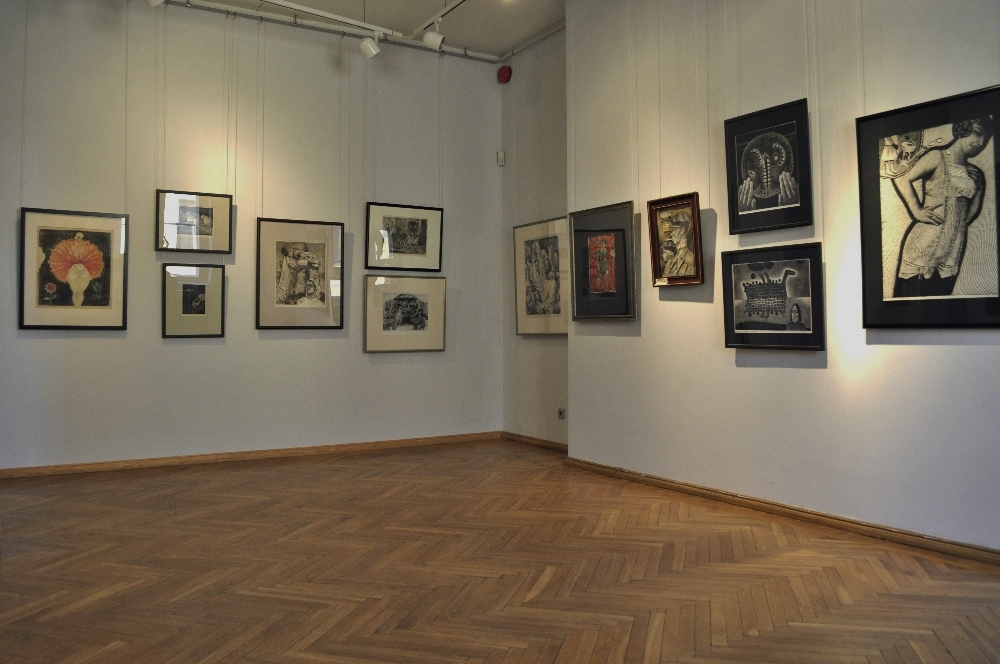
Photographs by Anni Nöps


